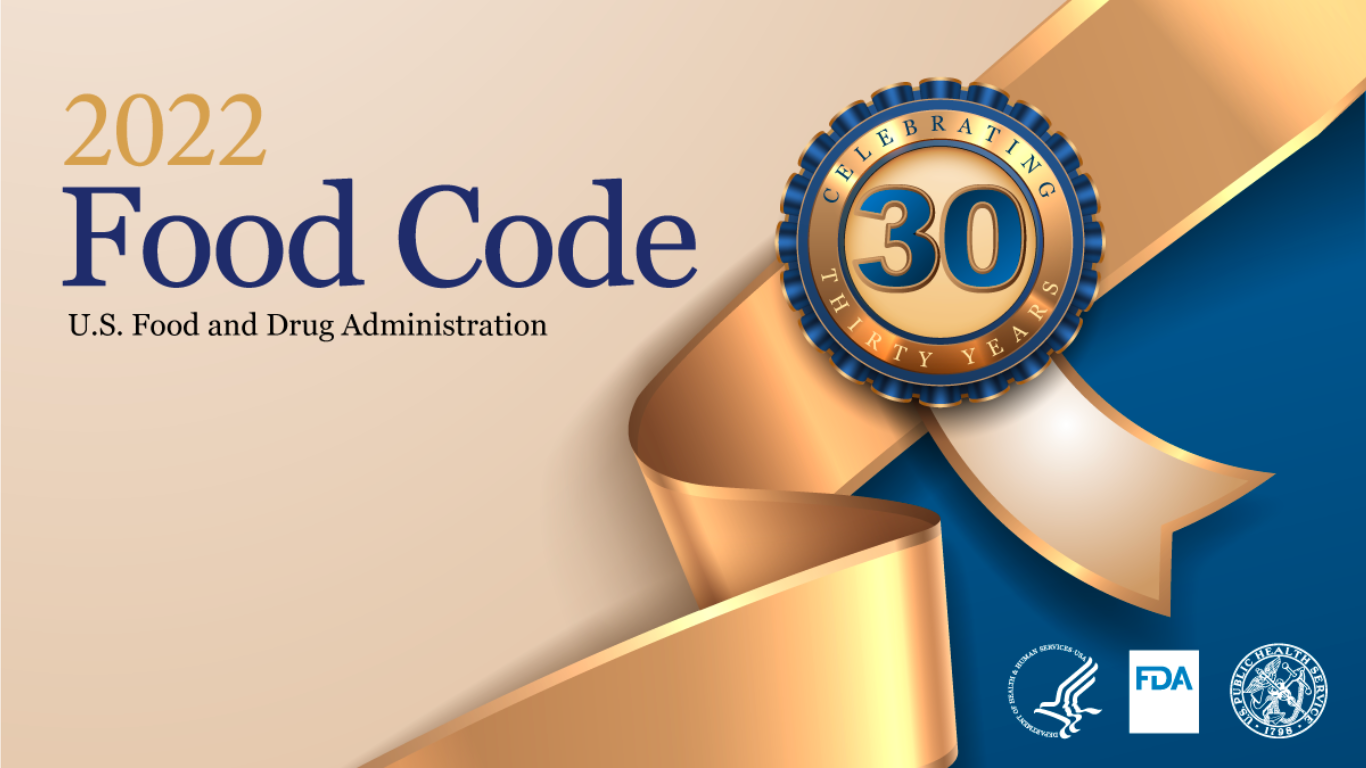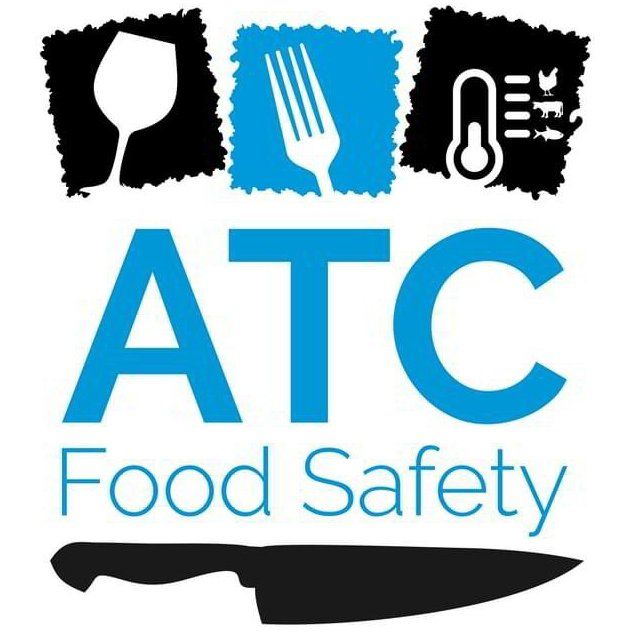Changes to the 2022 FDA Food code
In January 2023, the newest version of the food code was release.

The 2022 FDA Food Code has been released by the U.S. Food and Drug Administration, providing updated recommendations on how to minimize the risk of foodborne illnesses and address public safety concerns related to food. This article summarizes the key changes and highlights their implications for food establishments.
One of the significant updates in the 2022 Food Code is the addition of sesame to the list of major food allergens, which now includes milk, eggs, fish, crustacean shellfish, tree nuts, peanuts, wheat, soybeans, and sesame. This means that food establishments must take steps to prevent cross-contamination with sesame and label foods that contain it to protect customers with sesame sensitivities.
The latest Food Code also requires that bulk foods for consumer self-dispensing be labeled to indicate any major food allergens, including salad bars and buffets. This helps customers identify allergens that may not be easily visible, and food establishments should discuss with their local regulator how to interpret this requirement.
Another change is the clarification of the requirement for allergy-awareness training, specifying that employees must be able to identify the major food allergens and their associated symptoms. This will help ensure that food service employees are better equipped to handle allergen-related issues.
The new Food Code specifies that the temperature at handwashing sinks should be at least 85°F, which is in line with the Uniform Plumbing Code, to effectively kill germs. Additionally, the 2022 Food Code allows food establishments to allow pet dogs in outdoor dining areas if approved by the regulatory authority, giving them more flexibility.
The FDA revised the definition of intact meat in the Food Code, making it easier for food establishments to understand cooking requirements for meats. The Food Code now defines intact meat as a cut of whole-muscle(s) meat that has not undergone comminution, mechanical tenderization, vacuum tumbling with solutions, reconstruction, cubing, or pounding. This will help ensure that food establishments are cooking meats to the appropriate temperature for food safety.
The 2022 Food Code also provides updated guidance on using "time as a public health control" to help prevent bacterial growth and related foodborne illnesses. The new guidance allows certain foods, including ready-to-eat hermetically sealed foods and freshly cut fruit, to start at an ambient temperature of 70°F or below, provided the temperature doesn't exceed 70°F within a maximum of four hours.
For the first time ever, the Food Code offers guidance on how to safely donate food, allowing "food stored, prepared, packaged, displayed and labeled in accordance with law and this Code" to be donated. This is an important addition that will help to reduce food waste and provide food to those in need.
Although the Food Code is not a law itself, many states and local jurisdictions follow it when setting their own regulations for food service and retail stores. Therefore, it's important for food establishments to stay up-to-date with the latest changes and communicate with local regulators about their interpretation of the updates. The 2022 Food Code provides the most up-to-date recommendations and represents the standard to which the industry should be striving, according to Benjamin Chapman, Ph.D., the head of the Agricultural and Human Sciences Department at North Carolina State University.The body content of your post goes here. To edit this text, click on it and delete this default text and start typing your own or paste your own from a different source.
Hours
Public Classes 10AM - 4PM
24/7 Private Proctoring Available
24/7 On-site Classes

